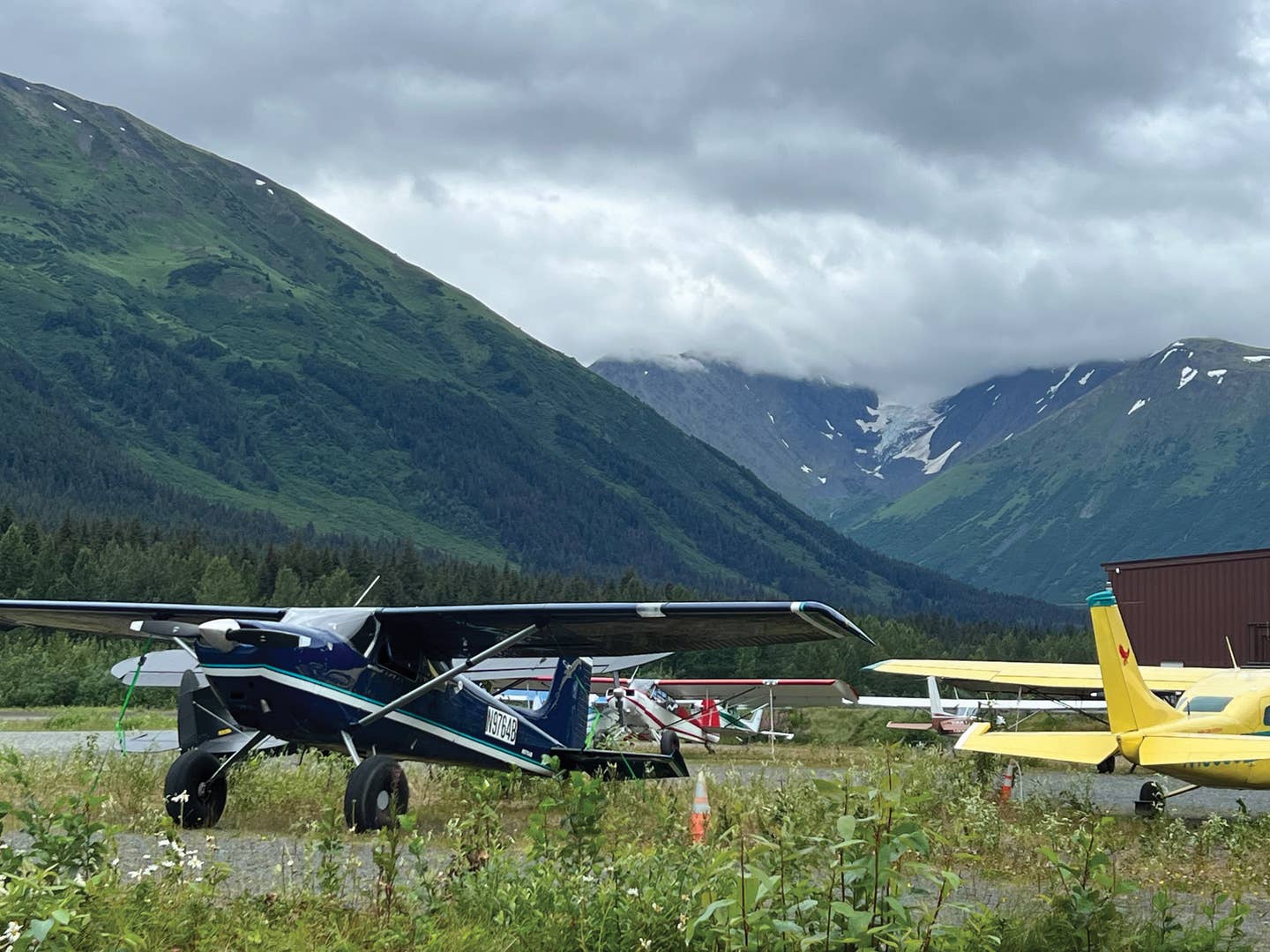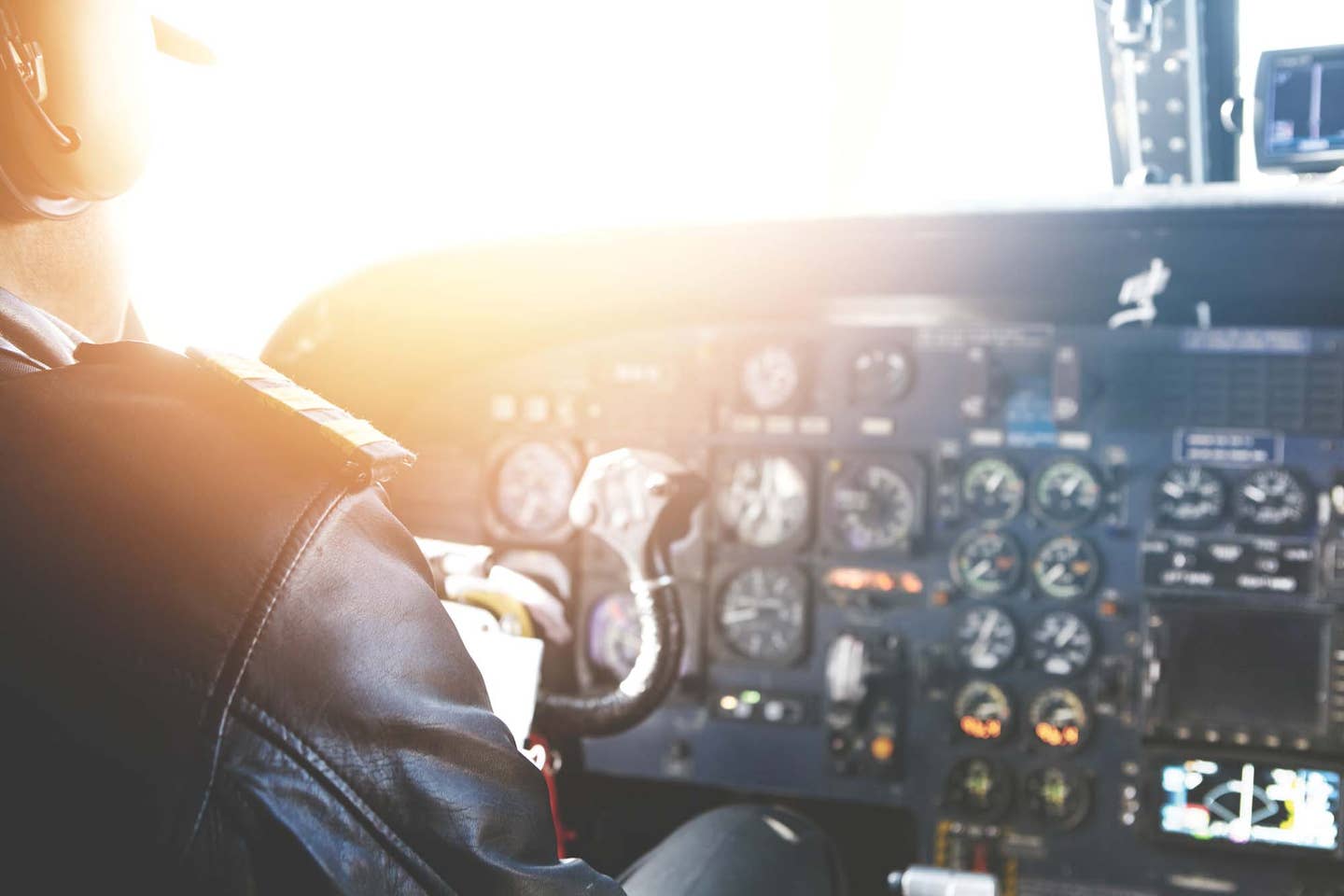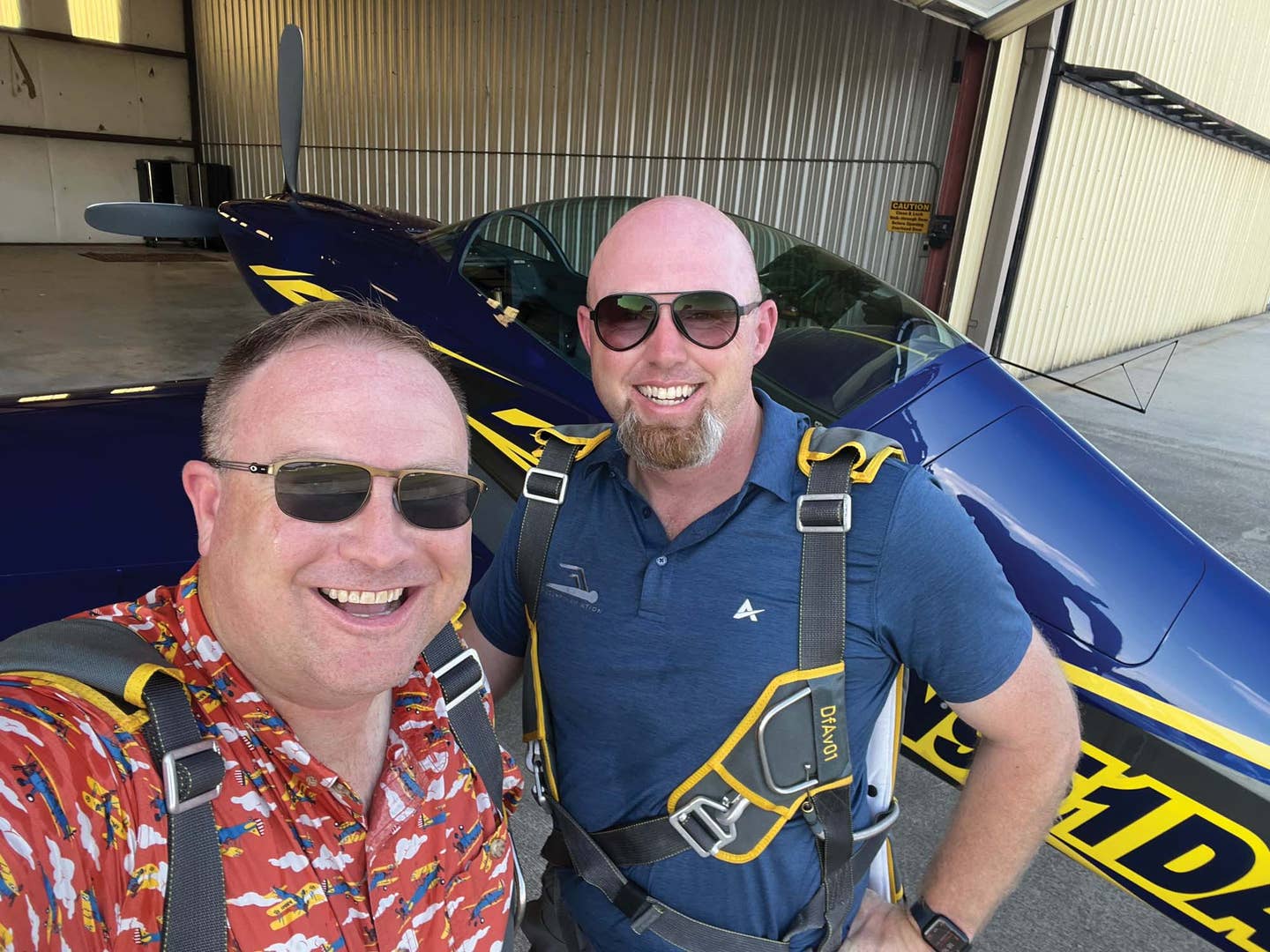de Havilland Beaver
Sixty years in the sky de Havilland Beaver
 |
You first notice the sound as a low rumble in the distance. It grows louder, and the throaty rumble increases to a roar as the big floatplane swings into the wind for landing. On this remote northern lake where you've been stranded by weather for days, this is the sound of salvation. A hardworking Pratt and Whitney radial engine, firmly attached to arguably the best bush plane ever built, is on its way to pick up and deliver you to the land of hot showers and warm beds. Indeed, as I was told by a well-known pilot in Kodiak, Alaska, when I began flying a Beaver, "You won't find a better airplane for flying in marginal weather in the bush."
That airplane---the de Havilland Beaver, celebrated a birthday in August---60 years from its first flight. Officially known as the de Havilland Canada DHC-2 Mk.I Beaver, it's listed as one of the 10 greatest Canadian inventions. More significantly, almost all backcountry pilots who've flown the aircraft have a soft spot for the reliable workhorse.
What makes the Beaver such a wonderful working airplane? A great team of designers paid careful attention to the original design objective, as well as to the responses of a survey of working pilots in the north, and produced what has become an icon. The team of Phil Garratt, Jaki Jakimiuk, Fred Buller and Dick Hiscocks created not just a bush airplane, but also a legend.
The goal of these designers was to develop a purpose-built bush airplane capable of carrying heavy loads on wheels, skis and floats, and with performance to meet the demands of the bush operators of the day. The final design of the airplane was dictated by the decision to utilize the P&W R-985 Wasp Junior radial engine as its powerplant instead of a 330 hp Gypsy engine. The R-985 was first built in 1929, and there are still hundreds of these engines in service today. Were it not for the durability of the Beaver, the R-985 would probably now be uncommon in the ranks of working engines, but the two have proven to be a match made in Downsview, Ontario, Canada, birthplace of the Beaver.
It was the switch from the inline engine to the radial that gave the Beaver its pug nose. To provide loading flexibility, the radial had to be mounted virtually in the cockpit. In fact, the Beaver's six-gallon engine oil tank is the center console between the pilot and copilot's feet.
The oil filler cap is to the right of the center pedestal, adjacent to the copilot's left knee. Theoretically, one can add oil in flight. Following an in-flight incident in Kodiak, I've always briefed my passengers not to remove the big yellow cap. While flying a group of VIPs on a tour of the island, the regional director of my agency was in the right front seat. For reasons known only to him, he reached over and opened the oil filler cap in flight. A large glop of nasty looking black 50-weight oil burped out of the filler onto his left pant leg, at which point he calmly replaced the filler cap and returned to surveying the countryside as if nothing had happened. Maybe that engine was carrying a bit of pressure in the tank, but I saw no point in opening the cap in flight again.
From the outset, the Beaver was designed to operate in all seasons, and much of the original flight-testing was done on floats. Many Beavers operating today are float-equipped, a testament to the superb performance of the airplane on floats.
The first production Beaver was delivered in early 1948. By the end of production, 1,631 Mk.I Beavers, one Mk.II prototype with an Alvis Leonides 500 hp engine and 60 Mk.III Turbo Beavers had been built. The U.S. military bought 968 Mk.I Beavers as U-20 utility aircraft. For years, Kenmore Air Harbor in Seattle, Wash., has done a lively business converting military Beavers to civilian configuration.
The prototype Beaver illustrates the durability of the type. The first Beaver, CF-FHB, made its first flight in August 1947. After flight-testing was completed, it was refurbished as a demonstrator. In June 1948, the airplane was sold to Central British Columbia Airways, which was in need of working aircraft. FHB then became a working air-taxi airplane. The prototype continued to fly for air-taxi operators until 1980, when it was purchased by a museum and retired. How many manufacturers can claim that a flight-test prototype of one of their aircraft was in continuous, day-to-day commercial service for 32 years?
So, what's it like to fly a Beaver? It can be a lot of fun and a lot of work. This is a big airplane by general aviation standards, with a 5,100-pound gross weight and 450 hp at full lope. The engine is supercharged, and the airplane can have six fuel tanks. These aren't terribly complex airplanes, but they're not that simple either.
Loading a Beaver can be a daunting task---the useful load can be close to 2,000 pounds, even on floats. The shape of the doors on a Beaver initially appears odd. The front doors are narrow, but after flying one, you realize that it's a functional shape. The aft doors were designed to facilitate the loading of 55-gallon barrels, either upright or on their sides. Each spring in Kodiak, I moved fuel from a vessel anchored in an ocean bay to one of our lake camps. Over the course of a few days, I'd move 70 barrels of avgas and Jet A and twenty 100-pound cylinders of propane from the boat into N765---three barrels at a time---then unload at the lake using a ramp. These are working airplanes designed for hard use.
Three fuel tanks occupy the forward belly of the airplane, which simplifies fueling. There's no need for the pilot to climb up on the wings to fuel. Many Beavers have wing tip tanks, but with 95 gallons in the belly tanks (35, 35 and 25 gallons), the tips (another 46 gallons) are rarely used. Fuel management requires planning to maintain center of gravity as fuel is burned.
The first procedure new Beaver pilots learn is engine starting. Radial engines require a few more steps than do opposed engines. Hydraulic lock is a possibility in a radial that hasn't been run for a bit. Oil can pool in the lower combustion chambers, and starting an engine in this case will create havoc.
The morning ritual starts by pulling that big propeller, by hand, through several blades to verify there's no hydraulic lock. Then give it five strokes of prime, engage the starter, count three to five blades, energize the boost coil and switch on the mags. Five cylinders are primed, so they fire first, then the others join in. This is accompanied by a cloud of smoke as the engine clears itself in preparation for the day's work. The sound of a radial engine coming to life has been known to bring tears to the eye of hardcore biker types. It's a sweet sound indeed.
Longevity of radial engines is dependent on a thorough warm up prior to takeoff---every day. In Kodiak, a 10- to 15-minute ground warm up was standard, even in summer. With the airplane tied down, I'd fire up the engine and read the morning paper while the Junior warmed itself for the day's adventures. There's six gallons of oil in there and a lot of metal to warm.
The Beaver is slab sided and sensitive to wind on the surface, but an experienced pilot can handle the airplane easily. For takeoff, the throttle pushes manifold pressure to 36.5 inches at 2,300 rpm. An idling R-985 rumbles a pleasant note, but at takeoff power, it emits a deafening roar. Attention to manifold pressure is important---it's easy to overboost. Our maintenance chief told me that if I saw trees in the top half of the windshield during a takeoff, I should shove the throttle to the stop. If I missed the trees, call him and we'd talk. On at least one such occasion, I cleared the trees with the MP gauge reading well over 40 inches, and I was thankful for a strong engine.
On takeoff, the Beaver struts its stuff. This is what the airplane was bred for: STOL operations. Even heavy, the airplane outperforms most four- to six-seat airplanes. With modifications, the Mk.I Beaver can seat seven, the Mk.III up to 11. Ask any experienced pilot who's flown the Beaver and other bush airplanes which one he or she would choose to depart a small lake with a load, and the answer will be predictable.
Takeoff requires flaps. The designers refused to follow popular recommendations and dropped the ailerons when flaps deploy. These "flaperons" significantly improve the airplane's STOL capability. For takeoff, I lowered flaps to match aileron deflection with the yoke cranked over fully in one direction.
Once airborne, the Beaver's control harmony is actually quite nice and light. Adverse yaw is prominent, so proper application of rudder is required. With a 48-foot wingspan, a "leisurely" roll rate and lots of adverse yaw are inevitable.
The heavily loaded Mk.I Beaver doesn't exhibit spectacular climb capability, but with patience and bumps of the throttle to maintain power during climb, it'll get you there. The airplane climbs best with partial flaps. Engine temperatures may limit climb performance on hot days.
Cruise speed of a loaded float-equipped Beaver is around 110 knots. When I first flew the airplane, it seemed difficult to find a proper cruise pitch attitude, because of the rounded cowling. I learned to level the bottom of the left wing with the horizon, and I flew with a bit of flaps deployed when heavy. Flaps are hydraulically activated, permitting an infinite range of deflection. Fuel burn in cruise ranges from 22 to 28 gph.
On approach, the Beaver exhibits a characteristic typical of DHC aircraft: A very nose low pitch attitude is required to maintain airspeed. These airplanes illustrate the concept of flight "behind the power curve" graphically. These are draggy airplanes, and raising the nose increases drag. As a Beaver slows, you must keep the nose down. Get low on final, raise the nose and the airplane will sink like a stone. The airplane won't climb, even with a lot of power until you push the nose down. Push and the airplane will climb nicely, assuming it's not too far into the pit before the pilot awakens. My mentor flew an Otter into the ground with a big load in this configuration, so my initial checkout in the Beaver included extensive exposure to this behavior. Everyone's should.
Landings in a Beaver are nonevents. The airplane flares and settles on quite nicely: all in all, a gentle lady. Got some rough water to work? That's the Beaver's job. It's big, tough and as honest an airplane as was ever built, assuming the pilot approaches properly. The airplane has the capability of extreme flap deployment---58 degrees, with a note in the pilot's handbook recommending that "the full flap setting should be used only for emergency crash landings." Interesting concept.
The Beaver has been "improved" by numerous modifiers. De Havilland itself adapted the Mk.1 to turbine power to create the Mk.III Turbo Beaver, with a P&W PT6 engine. Sixty were built in the late '60s. The difference in engine weights required a 28-inch extension to the fuselage aft of the pilot's seat to keep the Mk.III in CG. A larger rudder and vertical fin manage the additional horsepower from the turbine engine.
Modifications exist for a gross weight of 5,600 pounds for Mk.I Beavers, and 6,000 pounds for Mk.III Beavers. Numerous seating arrangements, larger cargo doors, larger windows and smaller batteries have all been approved. The induction has been moved to the top cowl to reduce water ingestion, the wing struts have been strengthened---the list is extensive. Viking Air Ltd. converts Mk.I Beavers to Mk.III configuration, turning your rumbler into a whiner, so to speak. Wipaire in Minnesota has developed its own turbine conversion for the Beaver, a quite different machine than the Mk.III Beaver, but with many attractive features of its own.
Whether modified or stock, the Beaver is (and has been for 60 years) the recognized workhorse of the North Country. A harder working, more productive bush airplane hasn't been built, and Beavers are today being refurbished and put back to work at a price that I'm sure the designers couldn't have imagined in 1947.
When test pilot Russ Bannock made that first flight in Beaver CF-FHB on August 16, 1947, he knew DHC had a winner, but I doubt that he ever dreamed of the impact on bush aviation and the tenacity that the Beaver would display.

Subscribe to Our Newsletter
Get the latest Plane & Pilot Magazine stories delivered directly to your inbox






